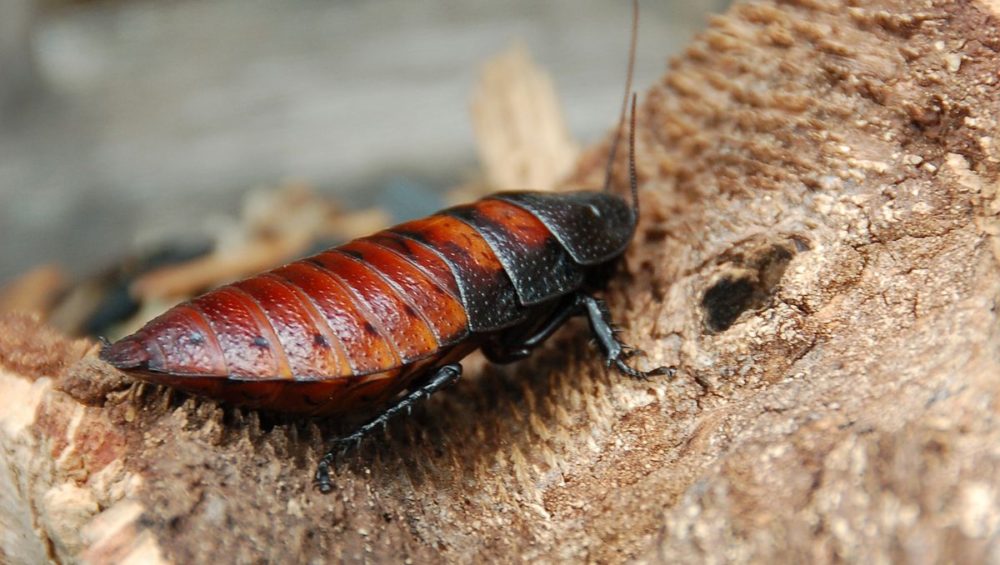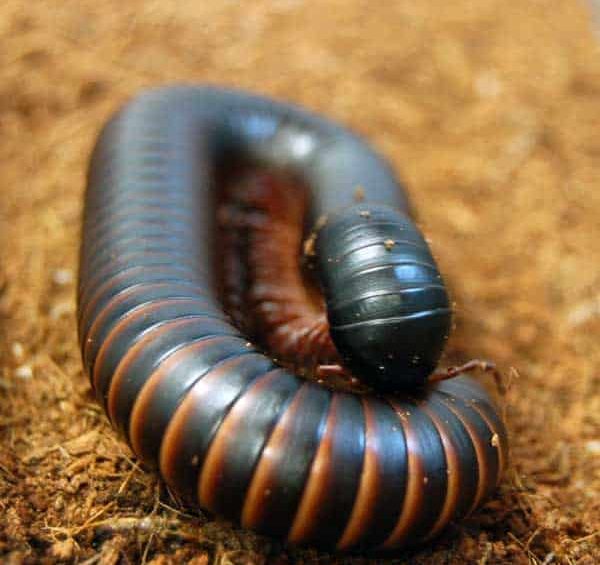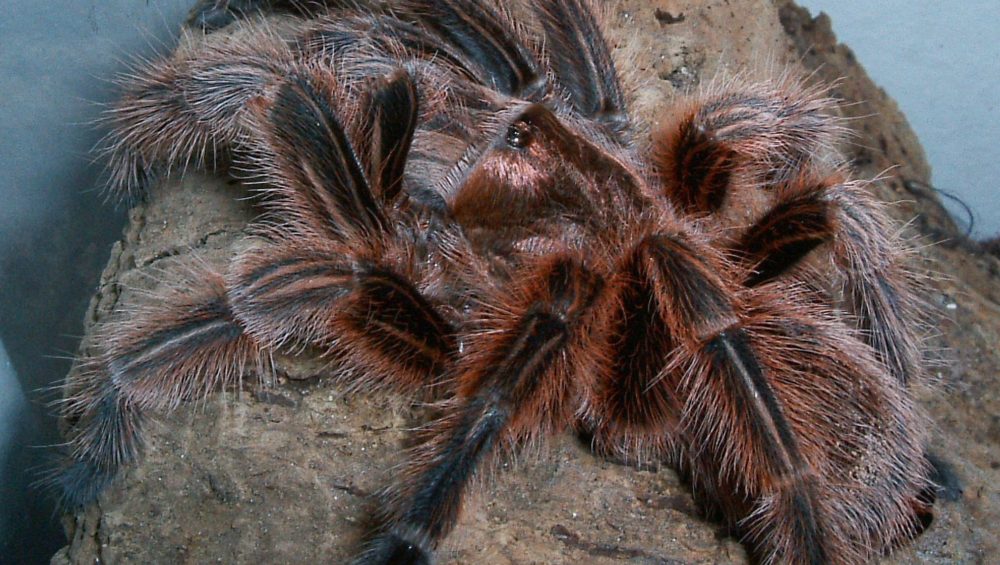Origin– The natural habitat of Grammostola rosea is the desert and scrub regions of northern Chile, Bolivia, and Argentina. While previously thought to be wanderers in nature, large numbers have been observed living in burrows in their natural habitat. They generally do not burrow in captivity. They are usually active in the evening or at night.
Family– Theraphosidae.
Lifespan– Females live up to 20 years in human care, significantly longer than males.
Diet– This tarantula has a diverse diet, including grasshoppers, crickets, moths, beetles, cockroaches, mealworms, small lizards, and mammals. When tarantulas are kept as pets, the best food that can be provided for them are crickets that have been gut-loaded on vegetables, as this is the best source of hydrated nutrition for the tarantula.
The Chilean rose tarantula (Grammostola rosea), also known as the rose hair tarantula, the Chilean fire tarantula, or the Chilean red-haired tarantula (depending on the color morph), is probably the most common species of tarantula available in American and European pet stores today, due to the large number of wild-caught specimens exported cheaply from their native Chile into the pet trade. The species is also known from Bolivia and Argentina.[1]
G. rosea is a common pet of tarantula hobbyists. Females have been known to live as long as 20 years, but due to the limited time they have been available on the market (and hence for extensive study), they may live considerably longer than 20 years. Considerable confusion exists between this species and Grammostola porteri, with some arguing that many of the “G. rosea” in the pet trade actually are G. porteri.




